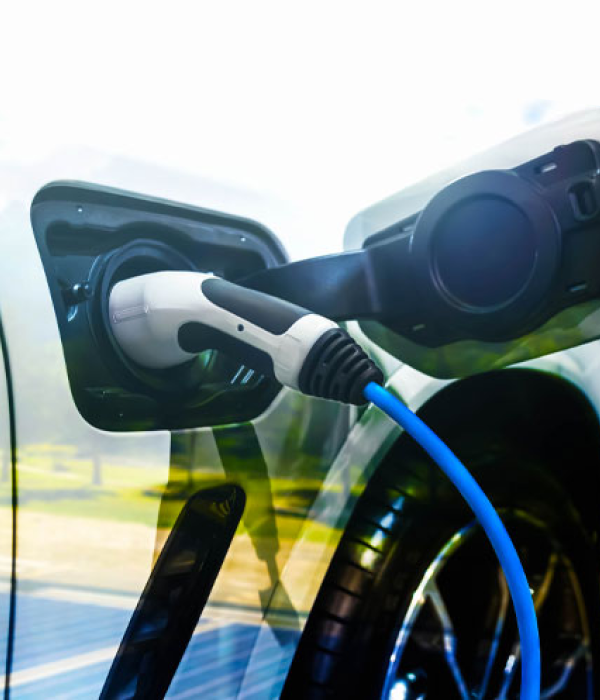News
07 Oct 2021
Electromobility, an opportunity to tackle climate change


- The transportation sector accounts for 20% of worldwide greenhouse gas emissions due to the use of fossil fuels.
According to a study conducted by the Tyndall Center of the University of Manchester (England), Peru is the third most vulnerable country to climate change, after only Honduras and Bangladesh. Making clear the need to adjust our approach to the task of reducing the country's carbon footprint. The question is how to get there.
"We are at a decisive moment where we must propose comprehensive solutions that promote circular cities, where on the one hand we speed decarbonization and on the other we improve people's quality of life. As a result, we must reconsider how we live and grow. As a result, one method is to transition to sustainable and ecologically friendly transportation systems based on renewable resources. Electromobility is an option if we ensure that the energy comes from renewable sources like hydroelectric power, solar, or wind," Lorena Gavio, Sustainability assistant manager at Celepsa, said.
Remember that the transportation sector accounts for 20% of global carbon emissions. It is, nevertheless, the primary cause of Lima having the poorest air quality in Latin America, lowering people's quality of life and ranking us above places known for their air quality alerts such as Mexico City, Bogota, and Santiago de Chile.
So, what exactly is electromobility?
Electromobility is the use of electric energy for propulsion or traction in various modes of transportation. In other terms, the car travels using a charging system rather than oil or fuel. According to Inter-American Dialogue research, the fossil substances employed in the operation of traditional cars account for 20% of global CO2 emissions.

Why is electromobility important in combating climate change?
According to the United Nations, by 2050, transportation will be the primary source of carbon emissions, accounting for 70% of total emissions. Faced with this situation, there are feasible solutions to a real problem, and electromobility has been recommended as a friendly and sustainable transportation alternative, alongside bicycles and other non-fossil fuel-powered modes of transportation.
"We need public policies that ensure a better future for our children and grandchildren, a better quality of life, fewer diseases, and a better country because that is what we deserve," said Pedro Gamio, former Vice Minister of Energy and Mines, at the conference "Sustainable, Safe, and Clean Mobility," organized by Celepsa and Mobilis.
Why is it critical to develop these public policies now?
The Inter-American Development Bank (IDB) report "Pathways to Zero-Carbon Energy Need for Climate Stabilization" provides three main reasons why public policies that create initiatives framed in sustainability and electromobility are urgently needed:
- Electricity decarbonization is required for climate stabilization. The carbon component of electricity should fall dramatically, possibly approaching zero by the end of the century.
- Electricity decarbonization is still conceivable, even if nuclear power stations are retired and carbon capture and storage technology does not reach market maturity.
- Electricity generation can be decarbonized in all countries and regions of the world.
Regarding Celepsa
Peruvian company that generates high-quality sustainable energy and is ranked among the top ten power generators in the country. Our task is to manage water resources sustainably and responsibly, contributing all the energy potential of our installed capacity and that of our people to the National Interconnected Electrical System (SEIN).
Our most ambitious goal is to accelerate the country's decarbonization through the generation of sustainable energy required for the development. As a result, AENOR certifies that 100% of the energy produced in Celepsa is of renewable origin in 2021.
